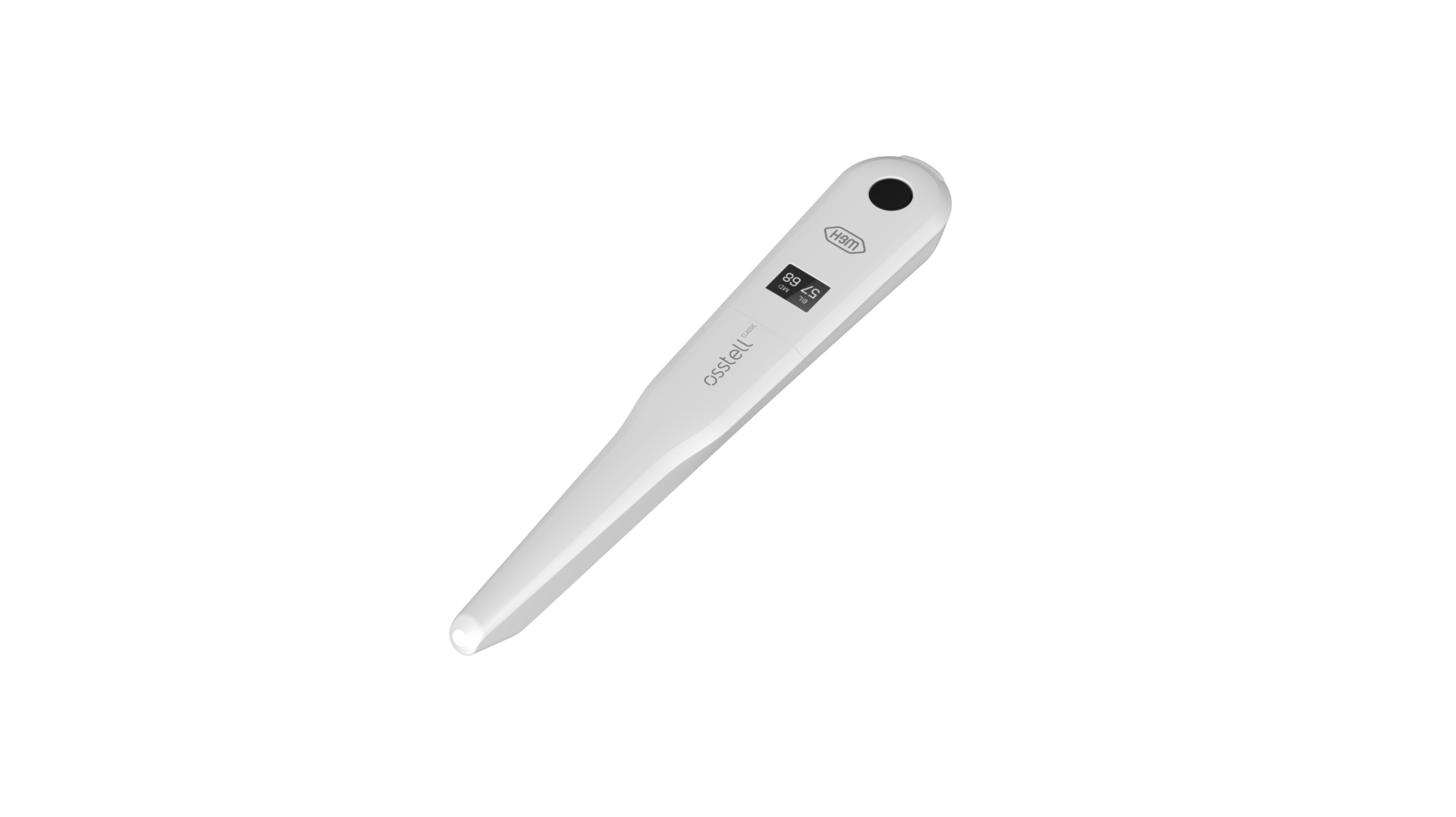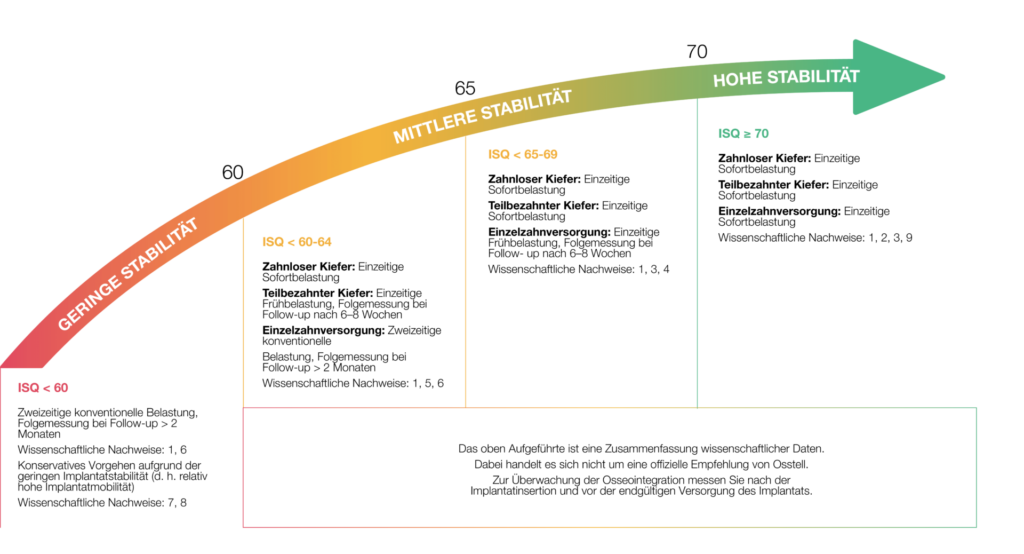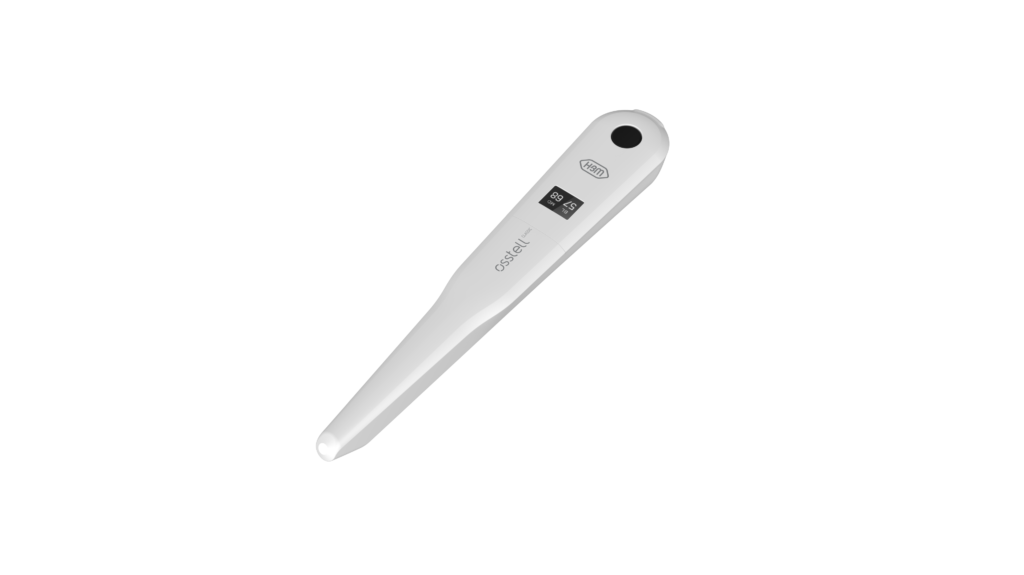
Unterstützung
Osstell Classic
Hier finden Sie alle nötigen Informationen über Ihr Instrument, darunter Einrichtung, Verwendung und Pflege, sowie weitere Informationsquellen und Antworten auf Ihre Fragen.
SCHRITT 1
Osstell Classic aufladen
Laden Sie das neue Instrument vor Gebrauch 3 Stunden lang auf.
SCHRITT 2
Erste Schritte
Gehen Sie nach den Schritt-für-Schritt-Anweisungen in der Kurzanleitung vor oder wenden Sie sich für Unterstützung an uns.
Barrierehülse
Stülpen Sie vor der Anwendung am Patienten eine Schutzhülle über das Osstell Classic. Die Barrierehülse trägt dazu bei, Kreuzkontaminationen zu vermeiden und verhindert, dass Zahnkomposit an der Oberfläche der Instrumentenspitze und des Instrumentenkörpers haftet, sowie Verfärbungen und Ablagerungen durch Reinigungslösungen.
Empfohlene Barrierehülsen:


PremiumPlus: 183-2, X-Ray sensor sleeve, size 2

Die ISQ-Skala
Der ISQ oder Implantatstabilitätsquotient ist auf einer Skala von 1 bis 99 eine Messgröße für die Stabilität eines Implantats. Der ISQ steht in nicht-linearer Korrelation zur Mikromobilität. Auf der Grundlage von mehr als 1500 wissenschaftlichen Quellen wissen wir, dass hohe Stabilität bei einem ISQ-Wert über 70, mittlere Stabilität bei einem Wert von 60-69 und geringe Stabilität bei einem Wert unter 60 liegt.
Die ISQ-Skala

Häufig gestellte Fragen
Brauchen Sie Hilfe?
Füllen Sie das Formular aus und wir werden uns in Kürze mit Ihnen in Verbindung setzen.
